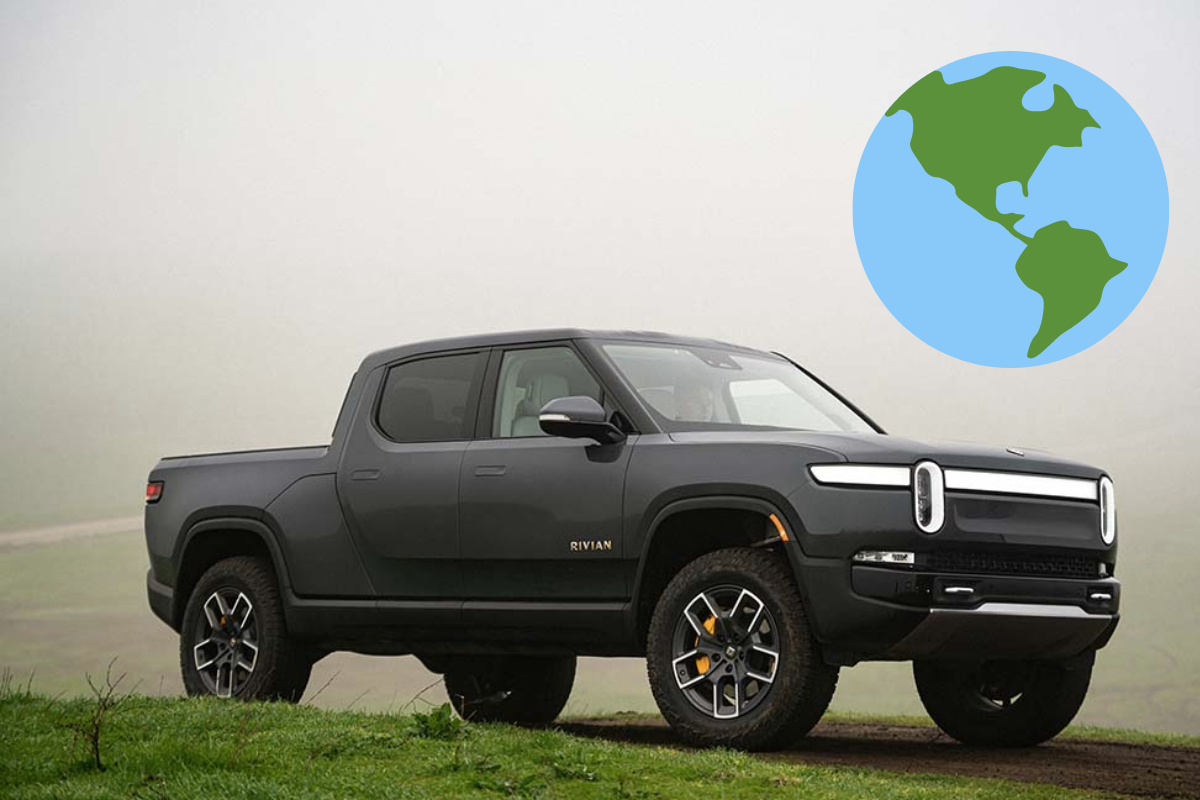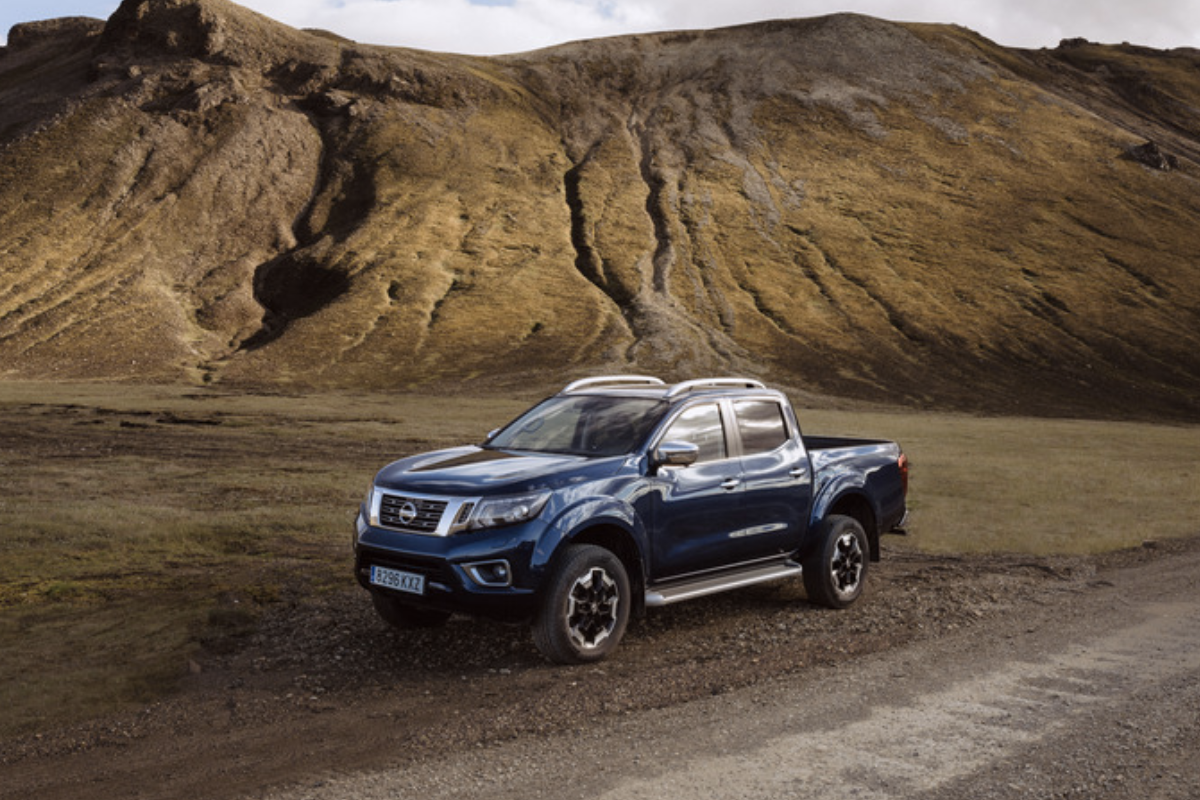George Boulton
July 23, 2024

George Boulton
July 23, 2024

Meeting Needs, Every Market: Pickup Trucks Cater to Diverse Demands
It’s no secret that manufacturers must balance regional preferences, regulatory requirements and global sustainability trends
This influence is evident in the way new pickup trucks are styled, engineered and equipped to meet the demands of different regions.
In North America, where pickup trucks have a long-standing cultural significance, designs emphasize size, power and ruggedness.
Popular models like the Ford F-150 and Chevrolet Silverado are known for their bold grilles, expansive cabins and high towing capacities – catering to consumers who prioritize utility and performance.

Contrast this with the European market, where compact and mid-sized pickups are more popular due to their narrower roads and strict environmental regulations.
This is where trucks like the Toyota Hilux and Ford Ranger come into their own because they’re designed for both practicality and efficiency.
European designs are often more aerodynamic, have smaller engines and incorporate advanced fuel-saving tech.
Then you have emerging markets, such as Asia and Latin America where affordability and versatility are key drivers.
Pickup trucks in these regions, like the Mitsubishi Triton and Nissan Navara, are built to be versatile workhorses, capable of handling both urban commutes and off-road adventures.

They focus on maximizing cargo space and durability while keeping overall purchase and running costs low.
Features like easy-to-clean interiors and robust suspension systems are prioritized to meet the diverse needs of these markets.
But on a more worldwide scale, global sustainability trends are pushing manufacturers to adopt greener technologies. So we now have a lot more hybrid and electric pickups, with models like the Rivian R1T and the upcoming electric Ford F-150 Lightning leading the way.
This means we’re getting more streamlined trucks with advanced battery systems and eco-friendly materials.
It’s no secret that manufacturers must balance regional preferences, regulatory requirements and global sustainability trends to create vehicles that resonate with a diverse customer base.
Get this right and it ensures that pickup trucks will continue to evolve, and who doesn’t want that?
